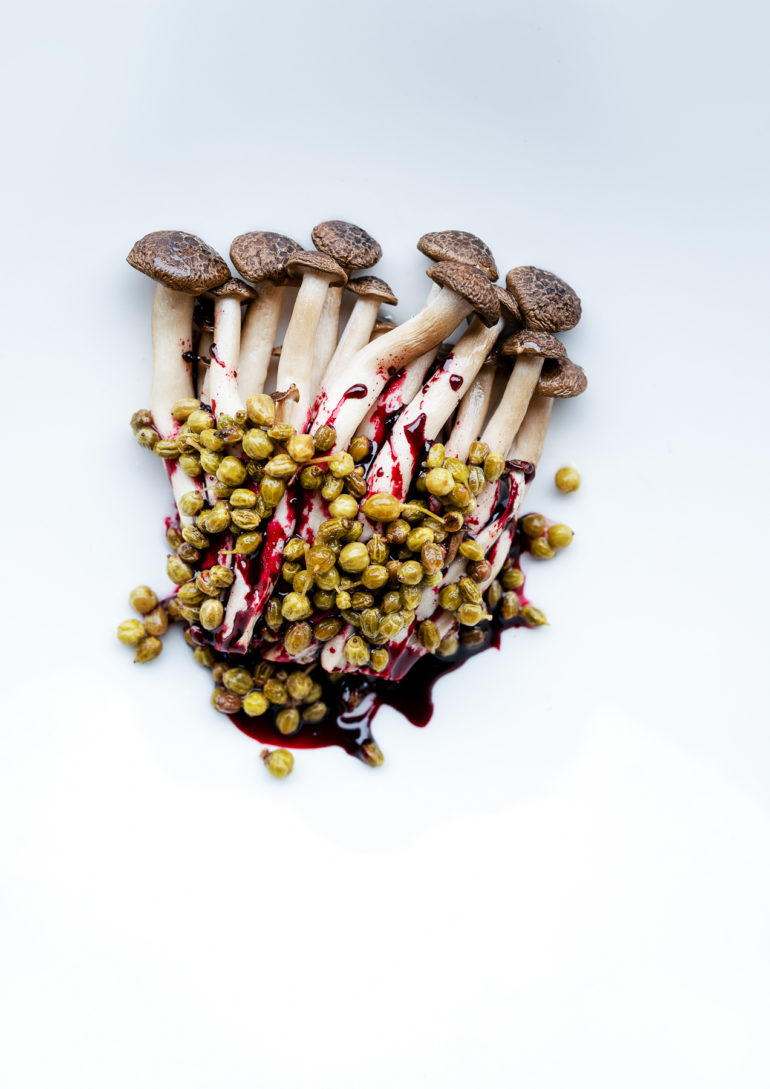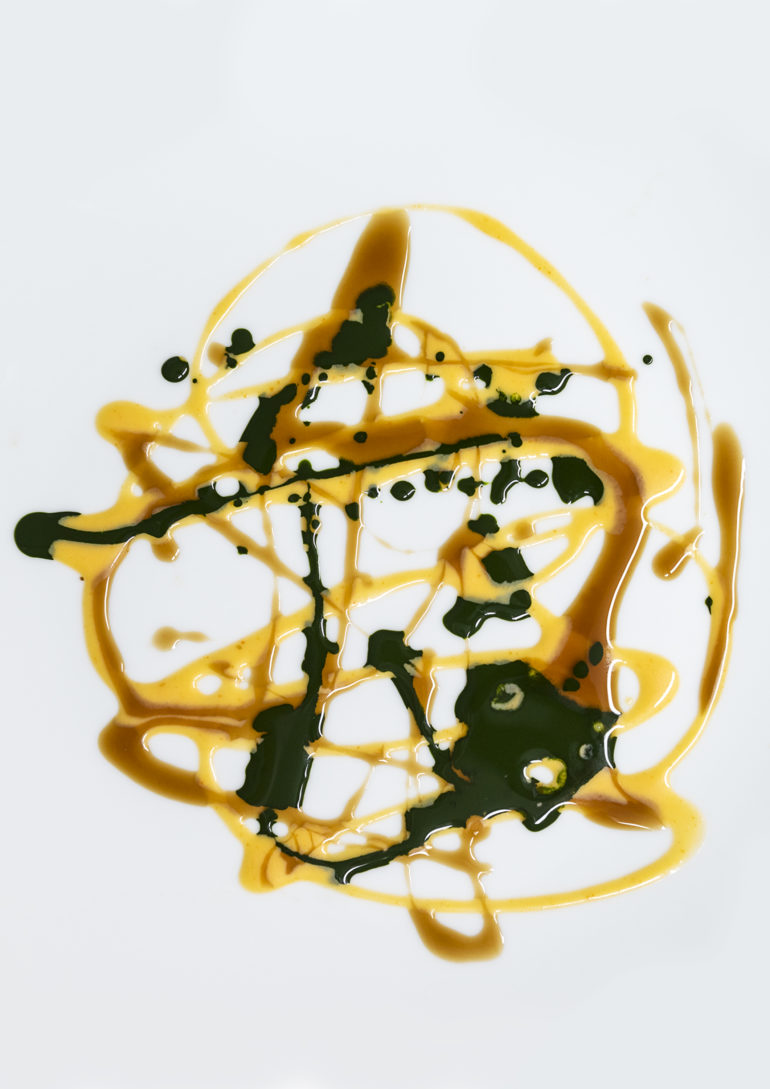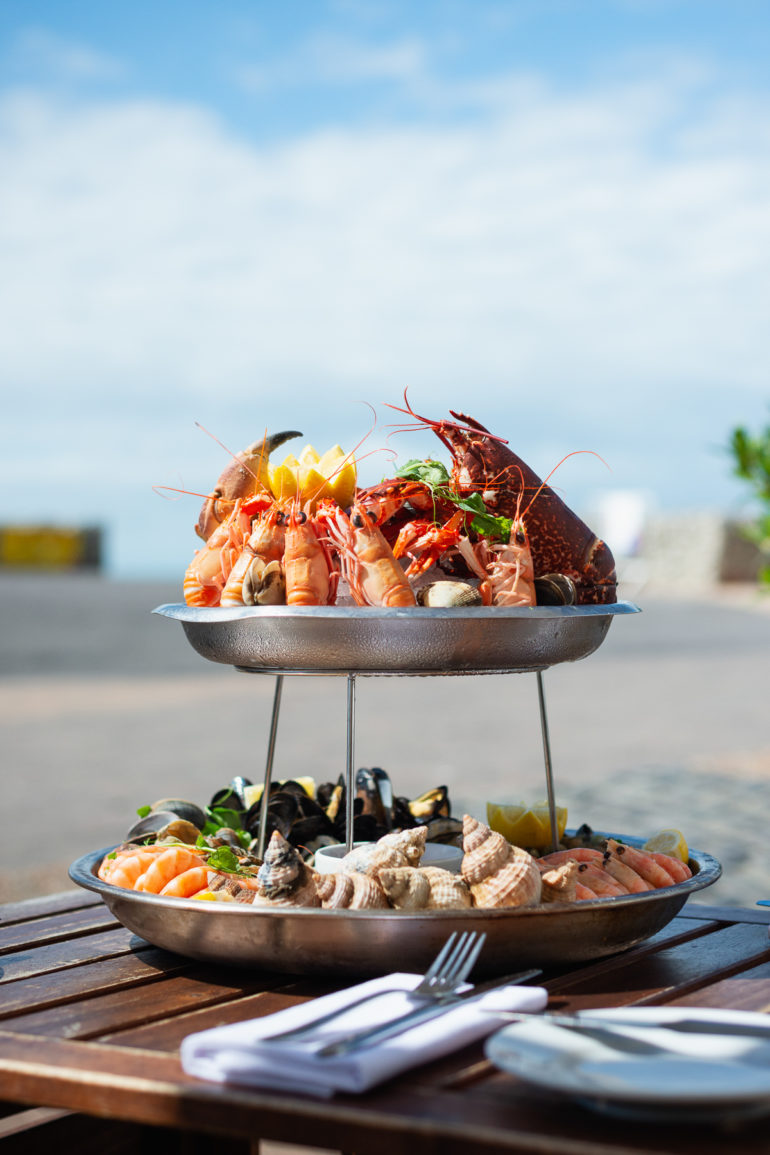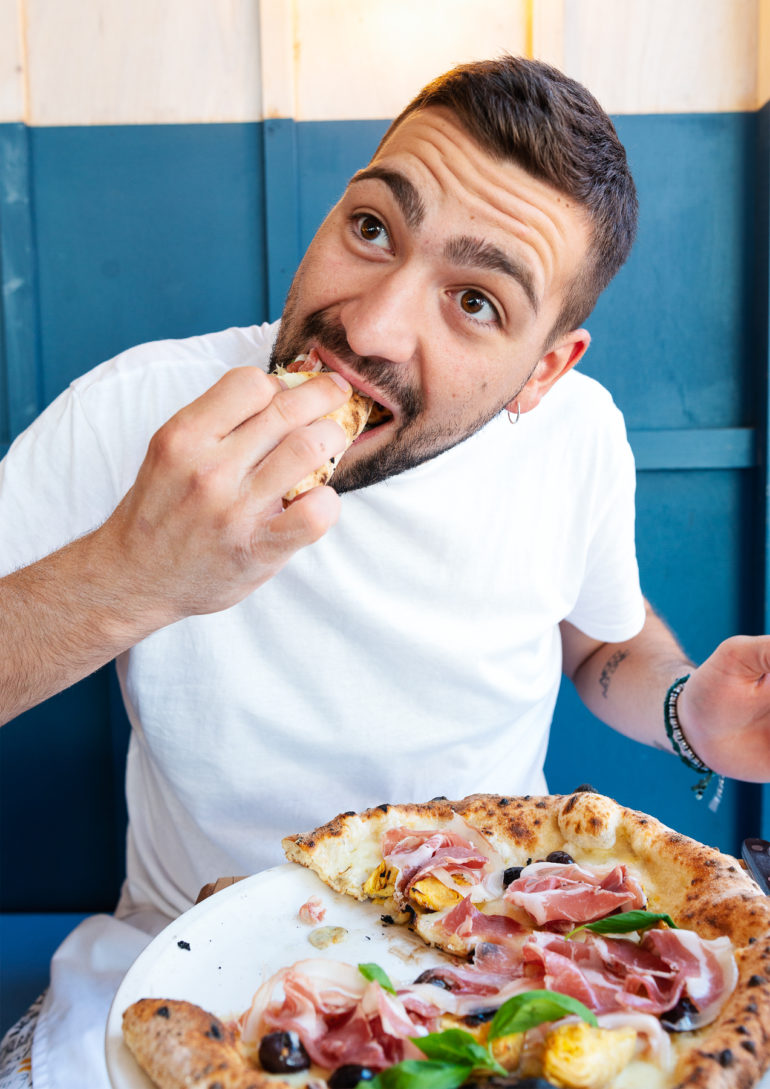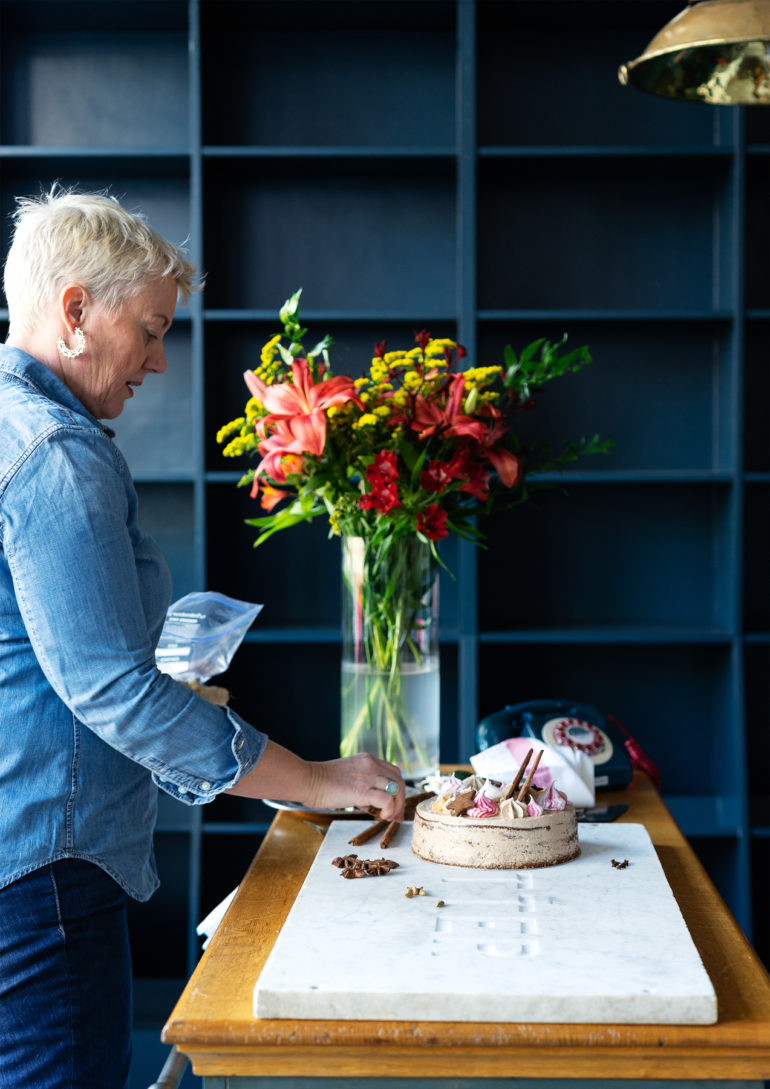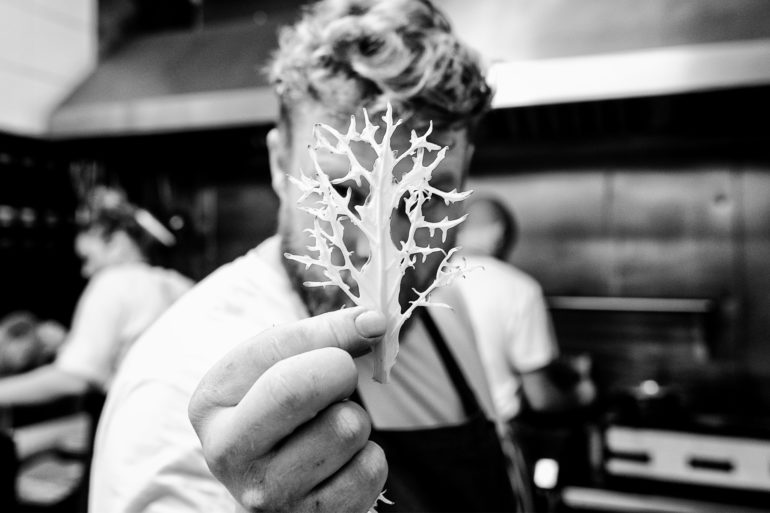Last Updated on 02/28/2019 by Mark Beckenbach
Once someone told me that to present yourself as a good photographer, you have to be a great picture editor.
I wish I could tell you a deep anecdote about this person but I can’t remember who it was. What I remember well are the importance of those words especially when building and updating my portfolio. I’ve just gone through the long and painful process of updating my website. It’s a task I tend to do twice a year but the new year is when I do a massive clean-up refresh of all the content in it. Here’s when being a great picture editor comes into practice as I go through most of the final edits I’ve delivered during the past year.
The whole update takes me about three days. Two of those days is spent editing photos (editing as in sorting, not retouching). I take it easy though, having a few coffee breaks in between, and peeking at other photographers websites for inspiration. Not food photographers though! Simply because I get too critical with my same niche.
Let me share a few points I’ve learned along the way on how I think it helps to become that great picture editor I was told to be. Oh, and in case you’re thinking about it, yes, I know I could pay someone to do the website for me but I like to do it myself as I see it as the front window to my shop. I wouldn’t let anyone sweep the front of my shop!
Define Your Niche
Be known for something in particular; for what you are really good at or for what pays the bills. Independently of you being an amateur or well-seasoned professional photographer, people don’t like seeing images mixed up in galleries.
I’m 90% a food photographer and 10% a portrait photographer and I transmit that message on my website. I do other things like street photography, motorsport, Cosplay, interior design, and product photography, but these are side projects that I enjoy doing. They don’t reflect who I am as a professional photographer.
Talent Vs Technique
Unless you’re a fine art or conceptual photographer, try to mix your most artistic photographs with technically perfect photographs. The point is to show what you can do creatively and how good you are at breaking the rules, but also how good you are at knowing what the rules are.
I was trying to go for a minimalist theme this time and ended up with a portfolio of 16 very artsy, food shots. The portfolio had more bad taste than Martin Parr’s food photos.
Eye Over Heart
This is the most difficult thing to do: detach emotionally from our work. There are photos that I love because I see something in them, or they are of my favorite chef or kind of food, but that doesn’t necessarily make them commercial hits nor visually striking photographs. Have second and third opinions from the people who know you as a photographer and keep the ego in check; you might not like what you hear.
Tell Your Story
“I was trying to go for a minimalist theme this time and ended up with a portfolio of 16 very arty food shots. The portfolio had more bad taste than Martin Parr’s food photos.”
Present your portfolio in a cohesive composition, like a song (intro, verse, chorus, verse, solo, chorus, outtro), if that makes sense. Show variety and skill but in a narrative sequence. For example, my homepage portfolio is sorted the way a meal is served; snacks, starters, mains, and deserts. Not many notice this until I mention it but chefs and people in the industry do, which is what matters as they are my target audience.



